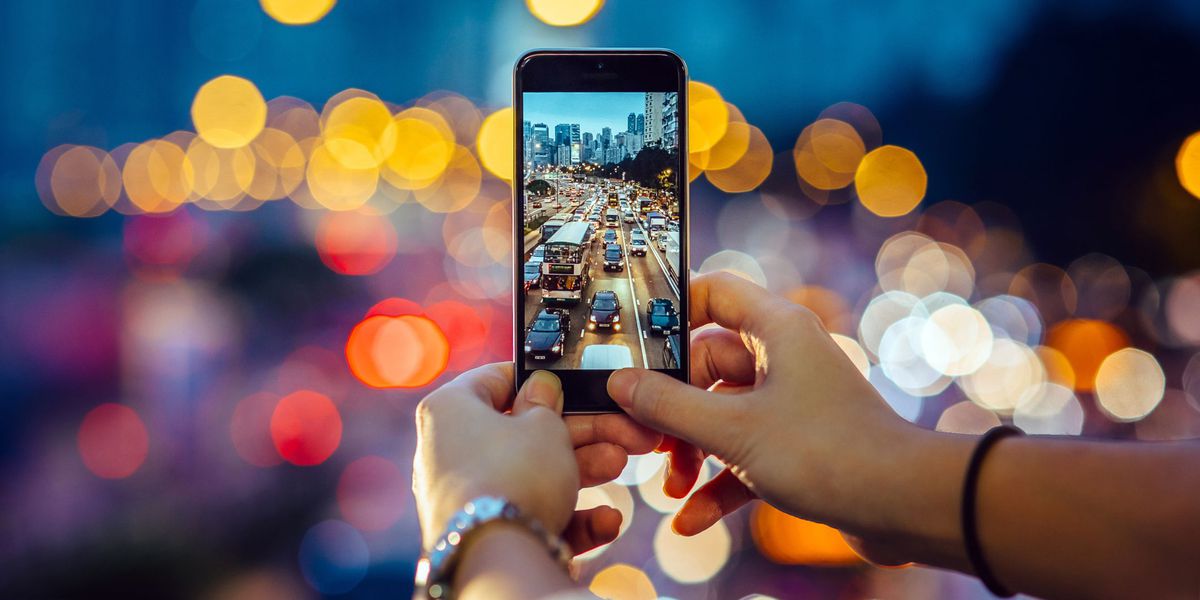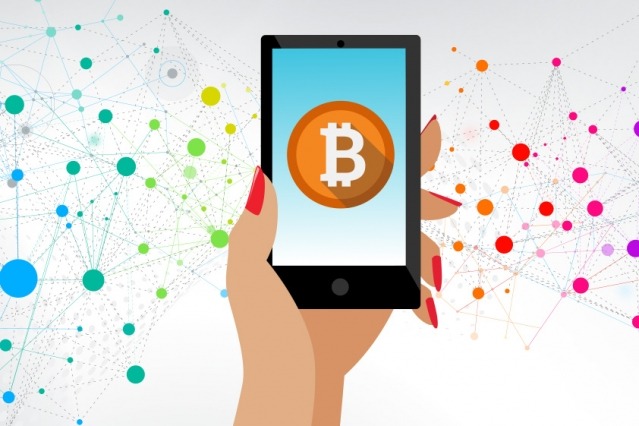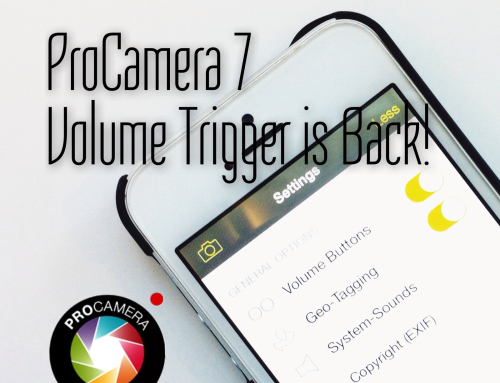Breaking Down Some of the Most Mind-blowing Statistics for Mobile Photography
It really is incredible to be able to reach into your pocket, pull out your phone, and, with the simple press of a button, be able to take a high-quality photo that you can quickly share with family and friends. Not too long ago, you would’ve needed some pretty expensive photography equipment to take photos of the caliber that, these days, you can easily snap with a smartphone or tablet. It’s no surprise, then, that with the development of such mobile technology, people have been taking more photos than ever before.
In this piece, we will look at some of the most mind-blowing statistics for mobile photography.
More Than 1.2 Trillion Digital Photographs Should Be Taken This Year
In 2017, more than 1.2 trillion photos were taken. For all of you number crunchers out there, that’s 160 pictures for every one of the 7.5 billion people on the planet. Talk about one incredibly massive collage!
Of the pictures taken in 2017, 85% were on smartphones, 10.3% were on digital cameras, and 4.7% were on tablets. You probably noticed the low percentage of photos taken of digital cameras. This is because digital cameras sales have been seriously declining in recent years. In just the six-year period between 2010 and 2016, digital camera sales dropped from 121.5 million to 13 million.
Despite digital cameras now representing something of a niche market, the number of photos taken per year is only expected to increase. Just a quick look at the numbers from the past few years demonstrates the upwards-moving trend: 660 billion photos were taken in 2013, 810 billion in 2014, 1 trillion in 2015, and 1.1 trillion in 2016. Along with the development of smart technology, this photo boom is also due to the rise of such social media sites as Facebook and Instagram. But you probably already could have guessed that.
The Rise of Artificial Intelligence
As if taking top-of-the-line photographs weren’t already easy enough these days, soon editing photos yourself will probably be a thing of the past. This is all thanks to the rise of smartphone applications powered by artificial intelligence-based technology.
But how does such self-editing software work? With high-tech scanning capabilities, programs such as Photo Lemur will be able to pretty much guess which photos you want to have saved on your smart device based on settings that you yourself will be able to determine. Other benefits of this new AI photo software include heightened object recognition abilities that will be able to automatically remove unwanted objects from photos and increase focus on the desired target. Pretty cool, right?
Taking Bluetooth to the Next Level
Even with digital camera sales decreasing, a decent amount of people are still using DSLRs to take photos. However, it can be a real pain to upload photos taken on DSLRs to social media. The development of Bluetooth Low Energy (BLE) technology will soon be able to effectively remedy this though.
BLE will allow for the automatic pairing of mobile phones and digital cameras, which will initiate quick and easy photo transfer without the use of any apps. In the next few years, expect BLE-compatible cameras to make a serious market impact.
Curbing Photo Theft Through Blockchain
You may not realize is, but image theft is actually quite common these days. In a recently conducted survey, 64% of photographers reported to having their images stolen at least once in 2016. Curbing image theft is not the most simple undertaking, but through Blockchain technology, it may be easier for photographers to prosecute image thieves.
Now, you may be familiar with Blockchain as the pillar of cyber currencies such as Bitcoin, but simply put, Blockchain represents a digital record that proves a person’s ownership of a particular file or files. Services such as Binded and ImageRights are utilizing Blockchain technology coupled with copyright registration capabilities that will help photographers track down those looking to steal photographs. Of course, this won’t eliminate image theft completely, but it will make image authentication much easier going forward
This represents not only an extremely positive trend in mobile photography, but in photography in general.
The Future of Mobile Photography Is Looking Bright
There are a lot of new and exciting trends and statistics surrounding mobile photography these days, whether they deal with the physical snapping of photos, photo editing, photo sharing, or even photo security. With the smart device industry developing at a fairly rapid rate, who knows what sort of trailblazing facets of mobile photography will pop up in two months or even two years from now..
When it comes to monitoring the cutting edge of mobile photography, the sky is pretty much the limit. What we have presented here is, for lack of a better term, just a snapshot.










Leave A Comment